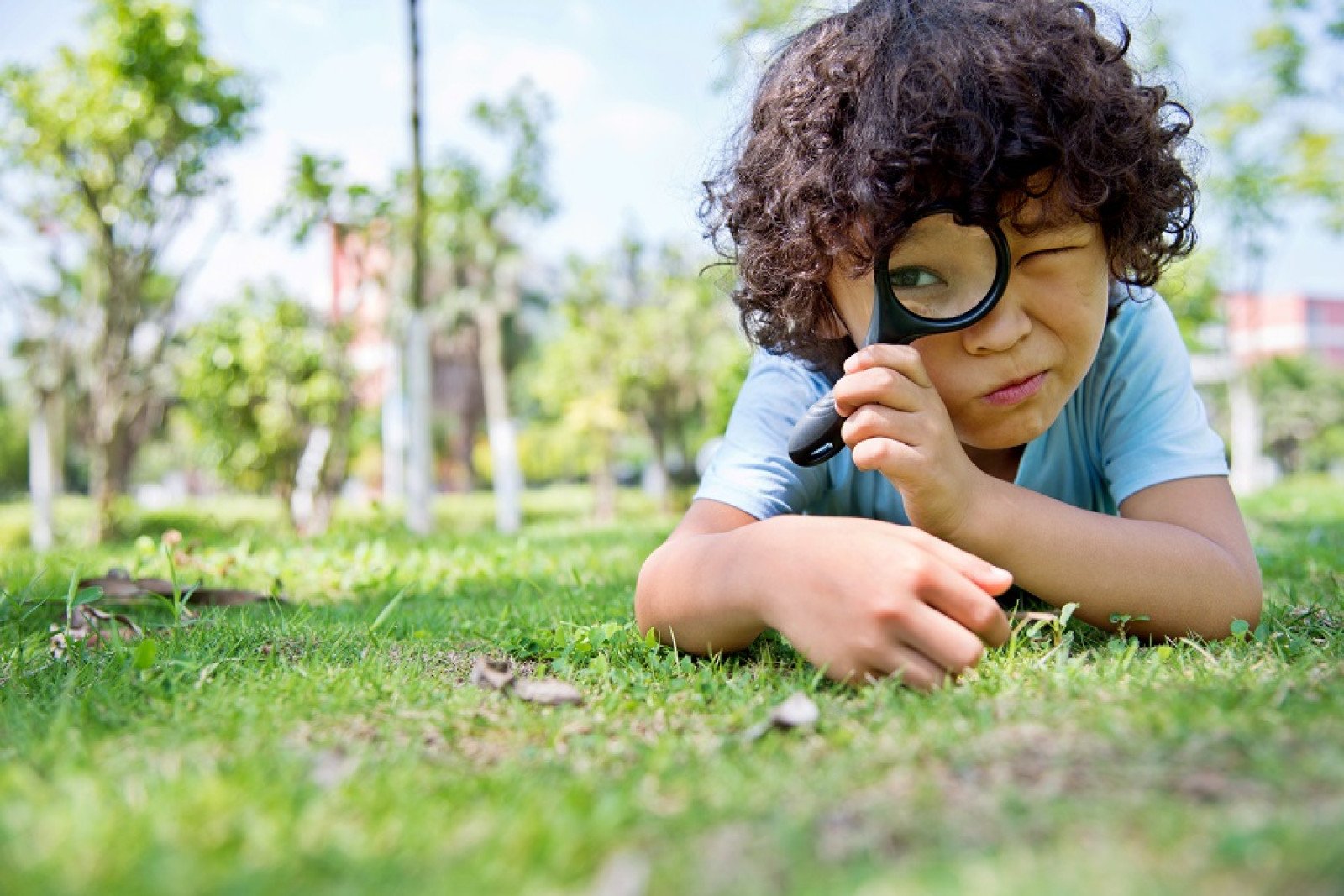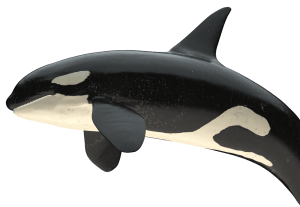How can we make accurate observations?
Using the 5 whys to record details and make accurate observations.

Overview
In this activity, students discover how to use the criteria and a thinking strategy to make accurate observations about how living things will react to seasonal changes. Designed to nurture aspects of the curricular competency of questioning and predicting, this activity can be easily applied to any science concept, phenomenon, or content.
Instructions
What you'll need
- “Making accurate observations” slideshow
- “Making accurate observations” worksheet
- “Assessing my ability to make accurate observations” rubric
- Digital projector and screen
- Open up and display the “Making accurate observations” slideshow. Show your students slide 2 and ask them to look at the image and think about what they see. Explain that looking at something to gather information is called observing. They can make observations based on what can be seen in the image. Ask students: Which of the following is an observation?
- The child is putting on a sweater.
- The child is 12 years old.
- Record your students’ ideas. Ensure students understand that the first one is an observation because it is based on details that can be seen in the photo. The second one is not. It is a guess. Invite your students to use their thinking to co-create, or present to them, the following criterion for making accurate observations. An accurate observation:
- Pays attention to details
- Show slide 4. Provide each student with a copy of the “Making accurate observations” worksheet. Explain that the 5W's is a useful strategy to help them notice details and make accurate observations. Complete the worksheet as a class. Ask students to suggest observations they see for each of the 5W's. Remind students to check if the observations meet the criterion. If an observation does not, discuss with students how to refine or revise the observation to better meet the criterion. This worksheet can be modified to be used by students in other contexts as well.
- Explain to the students that they are now going to practice using the criterion to identify and make accurate observations. Show slide 5 and give students a few minutes to think about what the image is showing. Then, read each statement and ask students to use the criterion to identify if the statement is accurate or not. Discuss the details that support, or do not support, each observation.
- Ask students to think about what else could be observed in the image and suggest their own accurate observation. Ask students to share their observations and explain how it meets the criterion.
- Conclude this activity by asking students to consider how making accurate observations might be useful when exploring other science topics.
Modify or extend this activity
Extension
Invite students to find their own image and use the 5W strategy to make their own accurate observations.
Curriculum Fit
Kindergarten Science
Curricular competencies
Questioning and predicting
- Demonstrate curiosity and a sense of wonder about the world
- Observe objects and events in familiar contexts
- Ask questions about familiar objects and events
Applying and innovating
- Transfer and apply learning to new situations
Big idea
- Daily and seasonal changes affect all living things
Content
- Weather changes
- Seasonal changes
- Living things make changes to accommodate daily and seasonal cycles
Grade 1 Science
Curricular competencies
Questioning and predicting
- Demonstrate curiosity and a sense of wonder about the world
- Observe objects and events in familiar contexts
- Ask questions about familiar objects and events
Big idea
- Living things have features and behaviours that help them survive in their environment
Content
- Behavioural adaptations of animals in the local environment
Assessments
Throughout the activity consider how well students:
- Think collaboratively during class discussions
- Use criteria to guide their thinking
- Transfer and apply learning to new situations
Guide students in using the “Assessing my ability to make accurate observations” rubric during the activity.








